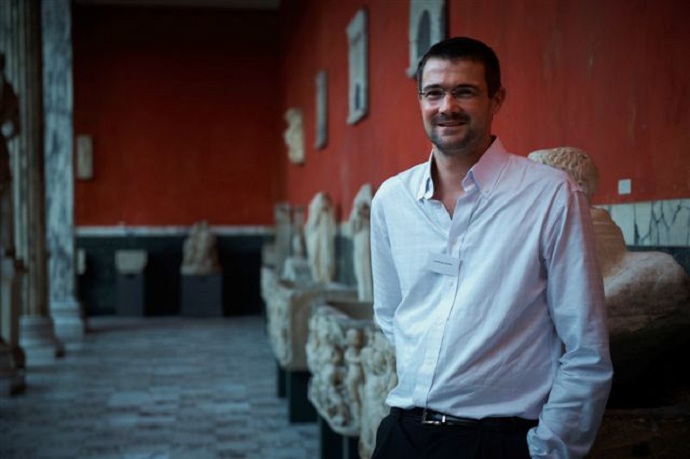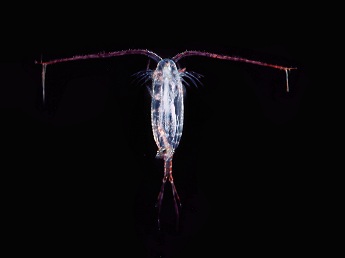Globalisation in science and excellence: DHI Singapore-based French researcher wins prestigious Danish award.
Dr. Guillaume Drillet from DHI Singapore is being honoured by the Danish Agency for Science and Innovation.

Picture of Dr. Guillaume Drillet from DHI Singapore
Science couldn’t get much more international: Dr. Guillaume Drillet comes from Brittany in northwestern France. He worked as a researcher in Florida, Slovakia, Great Britain and Denmark, before moving to Singapore in 2010, where he started on a position for DHI Singapore. Now Denmark recognizes his research with a prestigious award, the Sapere Aude Young Elite Scientist Award which comes with a Post-Doctoral researcher fellowship. It comprises a financial support of almost 2.8 million Danish Crowns (DKK), equivalent to more than 660,000 Singaporean Dollars (SGD), to continue his research.

What research is that? Guillaume investigates why little crustaceans, so-called copepods that serve as an important food-base in aquaculture, get stressed. “When they are stressed, they lay eggs that do not hatch properly. In the natural environment, some of these eggs can survive in the sediment for hundreds of years before hatching”, he describes. As a result, fish farmers cannot guarantee the required steady food supply for their livestock. “I try to find out what stresses them and how to grow them in large scales; a real challenge.”
Picture of copepod (under the copyright of Uwe Kils)
In Asia and the Pacific Region, where more than 90 % of the world’s aquaculture production originates, these topics are especially relevant, particularly when it comes to high valued fish like e.g. groupers. Nevertheless, when Guillaume first arrived in Singapore, his scope was quite different. There, his expertise on phytoplankton and zooplankton culturing was sought after to produce enough plankton for DHI’s Ballast Water Centre, to meet the required testing criteria. The Ballast Water Centre aims at testing and verifying technologies developed to free the ballast water of big vessels from organisms transported therein, including bacteria, phytoplankton, zooplankton and fish larvae. The spread of these invaders is causing enormous damage to biodiversity and potential health effects are becoming increasingly serious. Guillaume’s job is to set up the facilities and get the testing procedures up and running. Martin Andersen, Head of the DHI Ballast Water Centre in Singapore, states: “It was very encouraging to us that we were able to bring Guillaume’s high expertise to Singapore to really kick-start our ballast water activities here. With his main tasks now completed, we see significant synergies between Guillaume’s research in copepod resting stages and our ballast water projects since such resting stages are known to be very difficult to inactivate by existing treatment technologies. We therefore believe we can bring additional value to our clients by having in-house thorough understanding of the resting stages”.
Guillaume’s research will be carried out under the DHI-NTU Research Centre in Singapore, but Guillaume will still collaborate closely with Roskilde University in Denmark who was recently granted 20 million DKK (4.75 million SGD) for similar research. As well, he will spend a few months in France and Taiwan in order to carry out experiments with local researchers.
“Before I moved to Singapore, I’ve been carrying out research in the so-called Applied Sciences. I was in a very weird position: not being recognised as a ‘real’ scientist by the ecology researchers and not being a real hatchery person neither”, Guillaume explains. “I believe that continuing my research within DHI is the perfect option for me, still being in a research environment but bringing me much closer to the application of my findings.”